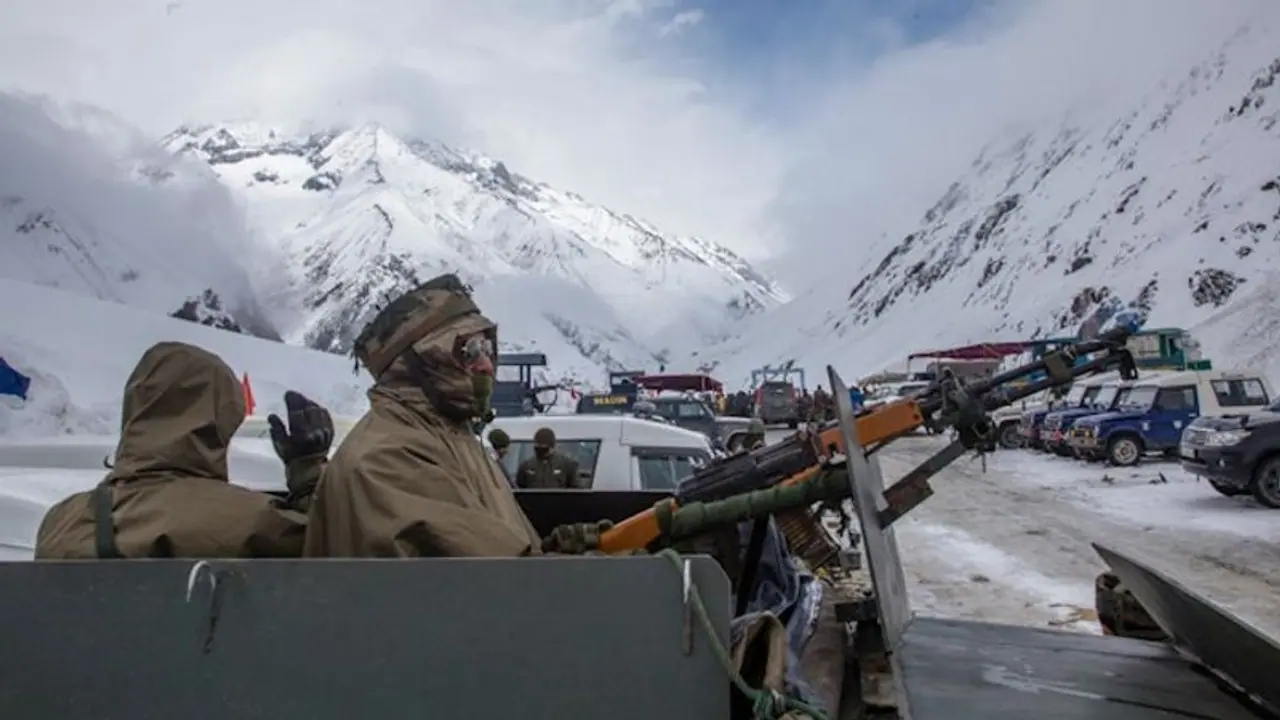To counter China's threat at Line of Actual Control (LAC), the Indian Army has created a habitat for the accommodation of 22,000 troops in the last two years.
New Delhi: In the wake of increased Chinese aggressiveness along the Line of Control in the Ladakh region, the Indian Army has given a lot of impetus to its capability development, especially after the Galwan Valley 2020 incident, ranging from the creation of modern habitat to the construction of road networks, enhancing patrolling capabilities in the water bodies to the installation of bridging systems among others.

Sources in the defence establishment said: “We have created a habitat for the accommodation of 22,000 troops in the last two years. These habitats can be relocatable, modern, and compact and can be shifted in 2-7 days.”
On being asked about the idea behind the creation of relocatable habitats, a senior official said that the requirement arose after the Galwan valley violent faceoff in June 2020. It is based on the changing situation.
These shelters have been established at high altitudes of 15,000, 16,000 and 18,000 feet.
Apart from habitat, the Army has also built 450 technical storages to house armoured vehicles and gun systems so that the efficiency of the vehicles and weaponry systems could not be degraded due to terrain or temperature.
3D Printing Defence Structures or 3D Bunkers
With the changing scenario along the border areas, the Indian Army is now focussing on creating 3D Printing Permanent Defence Structures in eastern Ladakh.
Why 3D defence structures?
The official stated that conventional construction is challenging because of harsh weather conditions, shortage of labour supply and time taking. “It also saves cost.”
As far as safety is concerned, the official added that it could withstand even after attack from a range of 100m by tanks.
The idea is to improve defence preparedness in the extant working season apart from the completion of ongoing projects, he said.
Also read: Increased military activity at Chinese garrison close to 2020 eastern Ladakh flashpoint
SHILA Grih
So far, the Indian Army has set up 20 Solar Heated Insulated Ladakhi shelters (SHILA) in the Ladakh region to beat the harsh weather condition.
In one unit of Shila Grih, 3-4 soldiers can stay. The Grih has 20 degrees of temperature when the outside temperature is -20 degrees. It keeps the soldiers warm.
Sarvatra and PMS
Recently, the Indian Army successfully conducted trials for constructing assault bridges, including the Sarvatra and PMS, in the High Altitude Area for the first time ever.
Developed by the DRDO and made by the BEML, the Sarvatra Bridge System is a fully indigenised, high mobility vehicle-based, multi-span mobile bridging system.
Patrolling capabilities in water bodies
New landing crafts have been inducted into Pangong Tso to match the patrolling capability of its adversary in the lake.
It has given a huge impetus to the patrolling capability and induction of men and materials. It can carry 35 troops or one jeep and 12 men.
Family New Family of Mines and Mine Warfare Equipment
The Army has conducted a trial and is in the Acceptance of Necessity stage. It will significantly enhance its overall capability to create obstacle systems.
The equipment includes Mechanical Minefield Marking Equipment, Mechanical Mine Layers (Self Propelled), Self-Propelled Mine Burier, Trawl Assembly, Mine Scattering System and Minefield Breaching System.
Roads
He said that a road would provide alternate connectivity to Western Ladakh and the Zanskar Valley directly from the Manali axis.
It is a 298-km NHDL specification road with 65 per cent progress and expected to be completed by 2026.
“The road also includes a 4.1 km twin tube Shinkun La tunnel for providing all weather connectivity, which is likely to be approved by the defence ministry.”
In order to upgrade the bridges on DS-DBO road to Class 70 specifications, 35 bridges have been planned as permanent and extra-wide bailey bridges.
Also read: India is buying over 2000 drones: There's a 'Himalayan' advantage to gain
